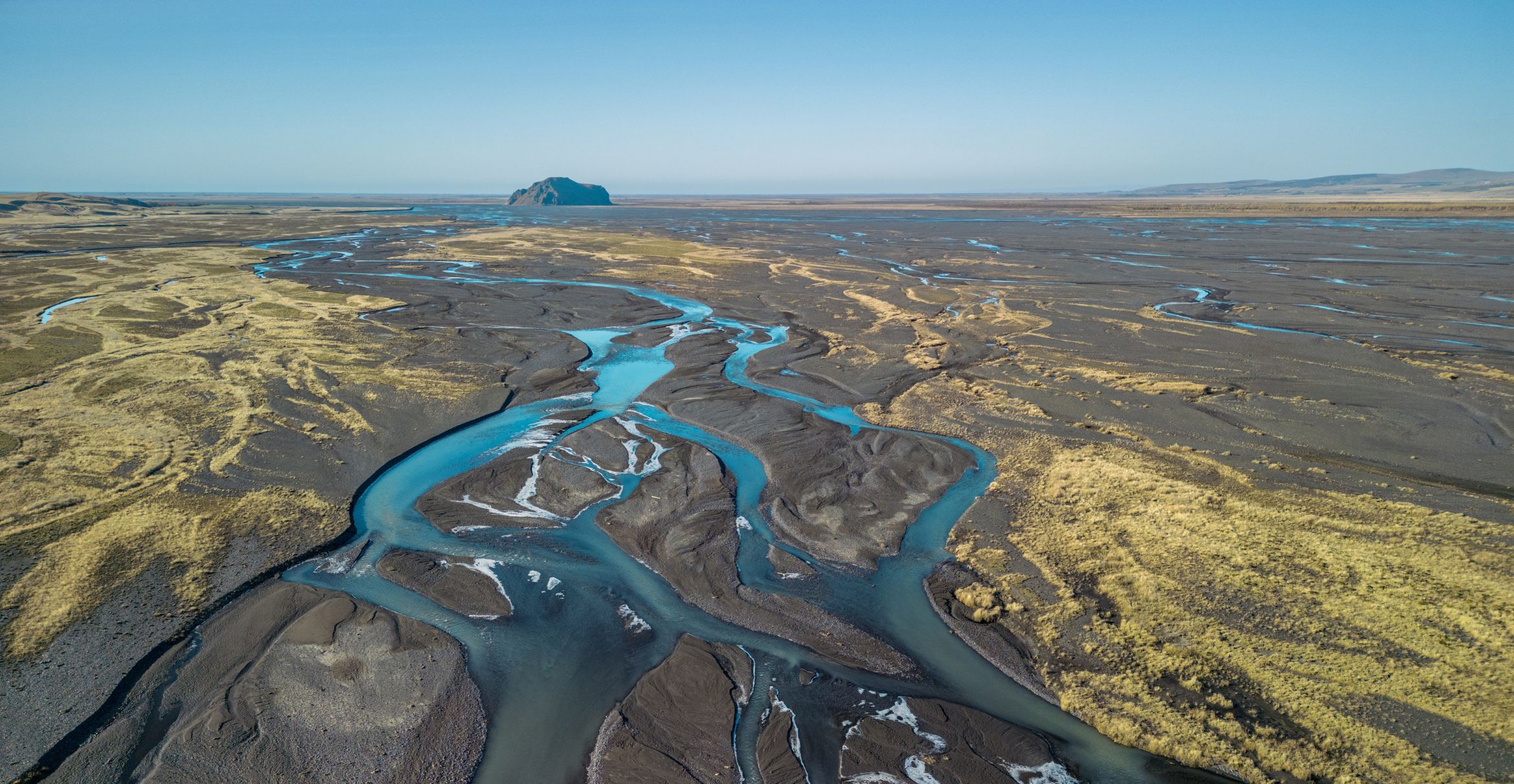Two types of rivers
Earth scientists have long divided rivers into single and multi-channel categories, and generally investigate the two separately. While neither type clearly outnumbers the other, most of the world’s largest rivers are multi-channeled. The notable exception is the single-channel Mississippi River, in the United States, where a lot of river research has occurred.
Most field research has focused on single-threaded rivers, partly because they’re simpler. Meanwhile, experimental work has focused on multi-threaded rivers due to the challenges of recreating single-threaded channels in laboratory tank experiments.
It was while working on one of these tank experiments at University of Minnesota’s St. Anthony Falls Laboratory that Chadwick got the inspiration for this study. While examining multi-channel rivers in the lab, he noticed that they were constantly widening and splitting. “I was banging my head on the wall because I kept measuring more erosion than deposition. And that was not what we’re taught in school,” he recalled. “That led me to read some old books from the Army Corps and other sources about examples where there’s more bank erosion than deposition.” Eventually, he became curious whether this occurred in nature.
It was a classic example of the scientific method: “You generate a hypothesis in a laboratory setting and then you’re able to test it in nature,” said co-author Evan Greenberg, a former doctoral student at UCSB who received the prestigious Lancaster Award for best dissertation.
